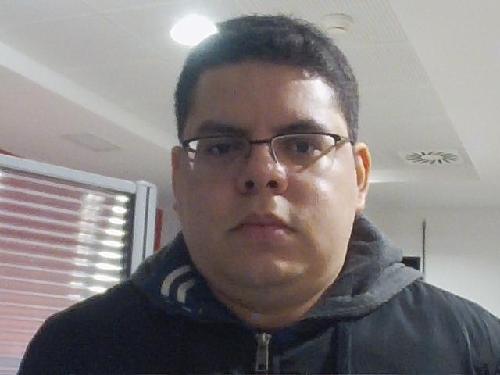Joao Elias Figueiredo Soares Rodrigues
 |
Post-Doc
Experiments
|
|
Introduction
My research program is mainly focused on high-pressure synthesis and characterization of novel energy materials for thermoelectric applications. The present energy crises and the increasing energy demand of our society urge for seeking new energy sources or increase the efficiency of the old ones. However, currently during energy production more than two thirds of the total energy is wasted as heat. This heat waste prevents achieving greater energy efficiency. Thermoelectric devices have the ability to retransform this heat waste into electrical energy, and could therefore reduce the portion of wasted energy [1]. Thermoelectric generators have no moving parts, require minimum maintenance, and are much more reliable than most traditional power generation systems; however, before this technology becomes widespread, the conversion efficiency of the thermoelectric devices needs to be increased above the current ~5% [2].
A promising and innovative approaches to study thermoelectrics are extreme conditions studies. This type of studies conducted at high pressure and high or low temperature permit to explore the structural, electronic and magnetic properties of these materials but also permit to emulate the strain-stress fields that emerges in these materials in thin film of the final devices. Such fundamental knowledge at the atomic level is needed to finally improve their efficiency. We have therefore exten-sively employed X-ray absorption spectroscopy (XAS) as our main tool to probe local atomic rear-rangements. XAS is an ideal element selective technique for probing the local atomic structure and electronic properties in a panoply of materials. The unique combination of synthetic nano-polycrystalline diamond (NPD) anvils (provided by collaboration with GRC Ehime University: Prof. T. Irifune and Dr. Toru Shinmei) and diamond anvil cell apparatus (DAC) was a revolution in the field of HP-XAS, offering great scientific opportunity for this community. For my research, I used the unique beam characteristics provided by the Extremely Brilliant Source of the European Synchrotron Radiation Facility (Grenoble, France) and the X-ray absorption spectroscopy end-station BM23. There, the NPDs are mounted in special DACs for low-temperature or high-temperature and high-pressure XAS experi-ments, see figure below.[3] These devices are then mounted on highly optimized experimental stations that we have improved significantly in terms of position reproducibility, multi-detection modes (XRD, Raman, XAS, XRF) and weight acceptance, which was necessary to study the micro-metric samples contained in the DACs with the highly focused beam available at BM23 (3×3 µm**2).
Sample environment of NPD-based DACs for HP-XAS at beamlines BM23/ID24 (ESRF HP lab): (a) example of EXAFS oscillations at Sb K-edge of CoSb3 sample inside a cryogenic NPD-DAC at 50 K and 20 GPa using the micro-sized beam at ESRF-BM23, (b) internal resistively-heated DAC at 1000 °C, and (c) He flow cryostat with a cryo-DAC.
References
[1] Champier, D. Thermoelectric Generators: A Review of Applications. Energy Convers. Manag. 2017, 140, 167–181.
[2] He, W.; Zhang, G.; Zhang, X.; Ji, J.; Li, G.; Zhao, X. Recent Development and Application of Thermoelectric Generator and Cooler. Appl. Energy 2015, 143, 1–25.
[3] Rosa, A.D.; Mathon, O.; Torchio, R.; Jacobs, J.; Pasternak, S.; Irifune, T.; Pascarelli, S. Nano-polycrystalline diamond anvils: key devices for XAS at extreme conditions: their use, scientific impact, present status and future needs. High Pressure Research 2019, 40, 1, 65–81.
Disciplines
- Solid State Physics
- Materials Physics
- Condensed Matter Physics
- X-ray absorption spectroscopy
- Synchrotron X-ray diffraction
- High-pressure techniques
CV and Publications



